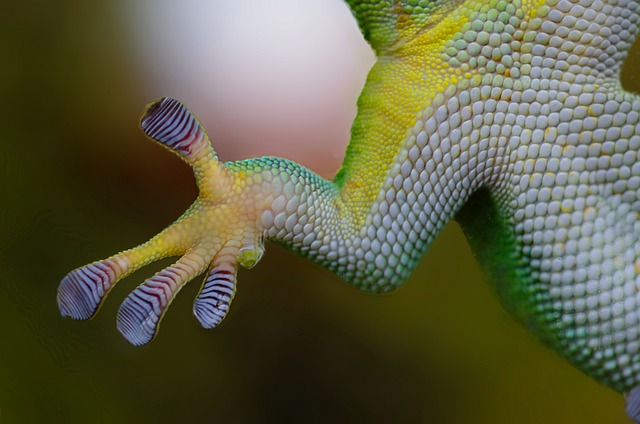The Importance of UVB Lighting for Reptiles
Reptiles are fascinating creatures that come in all shapes and sizes, from tiny geckos to massive pythons. One thing that all reptiles have in common is their need for proper lighting in their habitats. In particular, UVB lighting is essential for the health and well-being of reptiles.
UVB lighting is a type of ultraviolet light that is necessary for reptiles to synthesize vitamin D3, which is crucial for calcium metabolism. Without adequate UVB lighting, reptiles can develop serious health issues such as metabolic bone disease, which can lead to deformities and even death.
When setting up a habitat for a reptile, it is important to provide the proper UVB lighting. This can be achieved through specialized UVB bulbs that emit the necessary wavelengths of light. It is also important to ensure that the UVB bulbs are replaced regularly, as they lose their effectiveness over time.
In addition to UVB lighting, reptiles also require heat in their habitats. Reptiles are ectothermic, which means they rely on external sources of heat to regulate their body temperature. Heat lamps or heat mats can be used to provide the necessary warmth for reptiles to thrive.
When choosing a heat source for a reptile habitat, it is important to consider the specific needs of the species. Some reptiles require higher temperatures than others, so it is important to research the ideal temperature range for your particular pet.
It is also important to provide a gradient of temperatures within the habitat, so that the reptile can move to a cooler or warmer area as needed. This can be achieved by placing the heat source at one end of the habitat and providing a cooler area at the other end.
In addition to UVB lighting and heat, it is important to provide a proper photoperiod for reptiles. This means providing a consistent day-night cycle for the reptile, with periods of light and darkness that mimic their natural environment.
Reptiles rely on these cues to regulate their behavior and metabolism, so it is important to provide a consistent photoperiod to ensure their well-being. This can be achieved by using timers to control the lighting in the habitat.
In conclusion, UVB lighting and heat are essential components of a reptile habitat. Without these essentials, reptiles can suffer from serious health issues and may not thrive in captivity. By providing the proper UVB lighting, heat, and photoperiod, you can ensure that your reptile is happy and healthy in their habitat. So, next time you set up a habitat for a reptile, make sure to include these essentials for their well-being.
